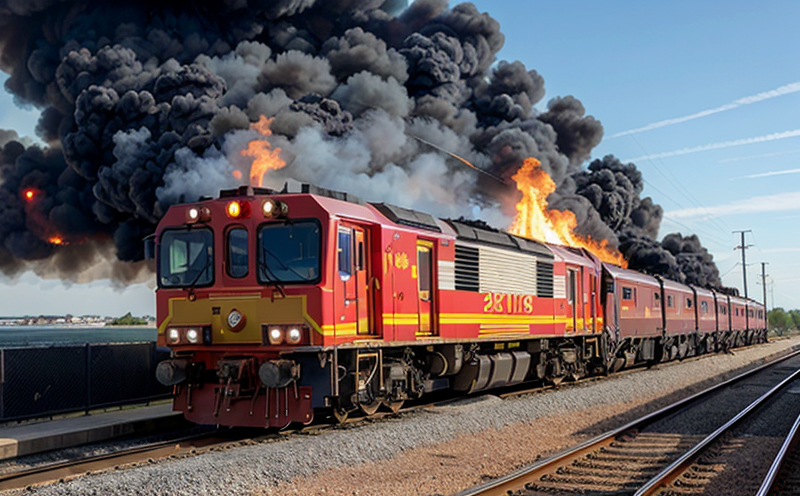Simulation of Fire Scenarios in Marine Cabins
The simulation of fire scenarios within marine cabins is an essential component of ensuring maritime safety. This service involves recreating the conditions that a cabin might encounter during a fire event, allowing for the assessment and improvement of fire safety measures. This process adheres to international standards such as ISO 16772-3:2009 and ASTM E84-15, which provide guidelines on the flammability testing of building materials.
The goal is to evaluate how well the materials used in the cabin construction and furnishings can resist ignition, spread of fire, smoke production, and toxic fumes. This service helps shipbuilders, material suppliers, and safety inspectors ensure compliance with regulations such as those outlined by the International Maritime Organization (IMO) and various national standards.
Marine cabins are designed to be compact spaces that house a significant amount of personnel for extended periods. The confined nature of these environments makes them particularly vulnerable to rapid fire spread, which underscores the importance of thorough testing. During the simulation, we use real-world parameters such as fuel load, ventilation rates, and ambient temperatures that are typical in marine settings.
The test setup involves placing a specimen representing cabin furnishings within a controlled environment where various ignition sources are used to simulate common fire initiation events like electrical faults or accidental burning of materials. The apparatus used includes specialized chambers designed to replicate the conditions found in different types of cabins, such as crew quarters and passenger berths.
The testing process closely monitors several key parameters: time-to-flame spread, smoke production rates, heat release rates (HRR), and the ability of fire suppression systems to extinguish the fire. The data collected is then analyzed against predefined criteria set by international standards to determine compliance with safety requirements.
This service not only ensures that individual materials meet safety standards but also evaluates the overall integrity of the cabin design as a system. By identifying weaknesses early in the development process, it enables manufacturers and designers to make informed decisions about material selection and cabin layout before production begins.
Eurolab Advantages
- We have state-of-the-art facilities that comply with all relevant international standards, ensuring accurate and reliable test results.
- A team of experienced engineers and technicians who are experts in fire safety testing, providing comprehensive support throughout the process.
- Access to a wide range of materials and equipment for simulating various cabin conditions and scenarios.
- Dedicated project management ensuring timely completion and delivery of all test results.
- A commitment to confidentiality, ensuring that all proprietary information remains secure during testing.
Why Choose This Test
- Promote Safety: Ensure the safety of crew and passengers by identifying potential fire risks early in the design phase.
- Compliance Assurance: Meet regulatory requirements for maritime fire safety to avoid penalties and ensure compliance with IMO standards.
- Improved Design: Optimize cabin designs based on real-world test data, leading to safer and more efficient ship interiors.
- Cost-Effective: Identify issues early in the development process, avoiding costly redesigns post-production.
- Innovation Support: Test new materials and technologies to enhance fire safety performance without compromising cabin functionality.





